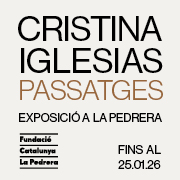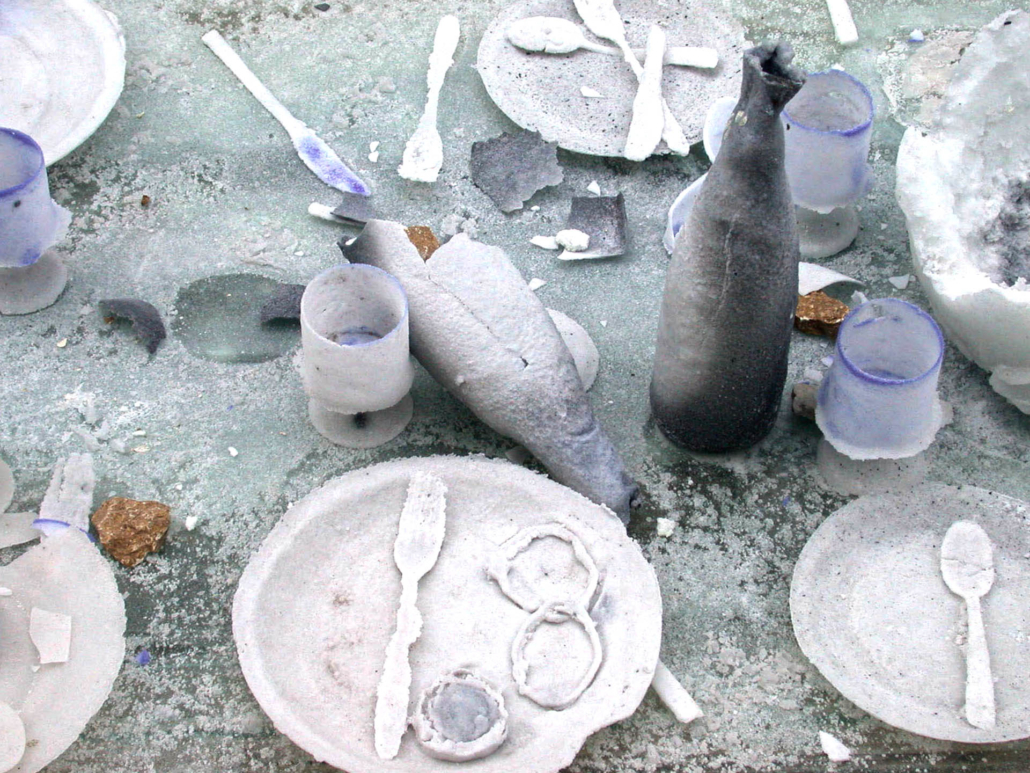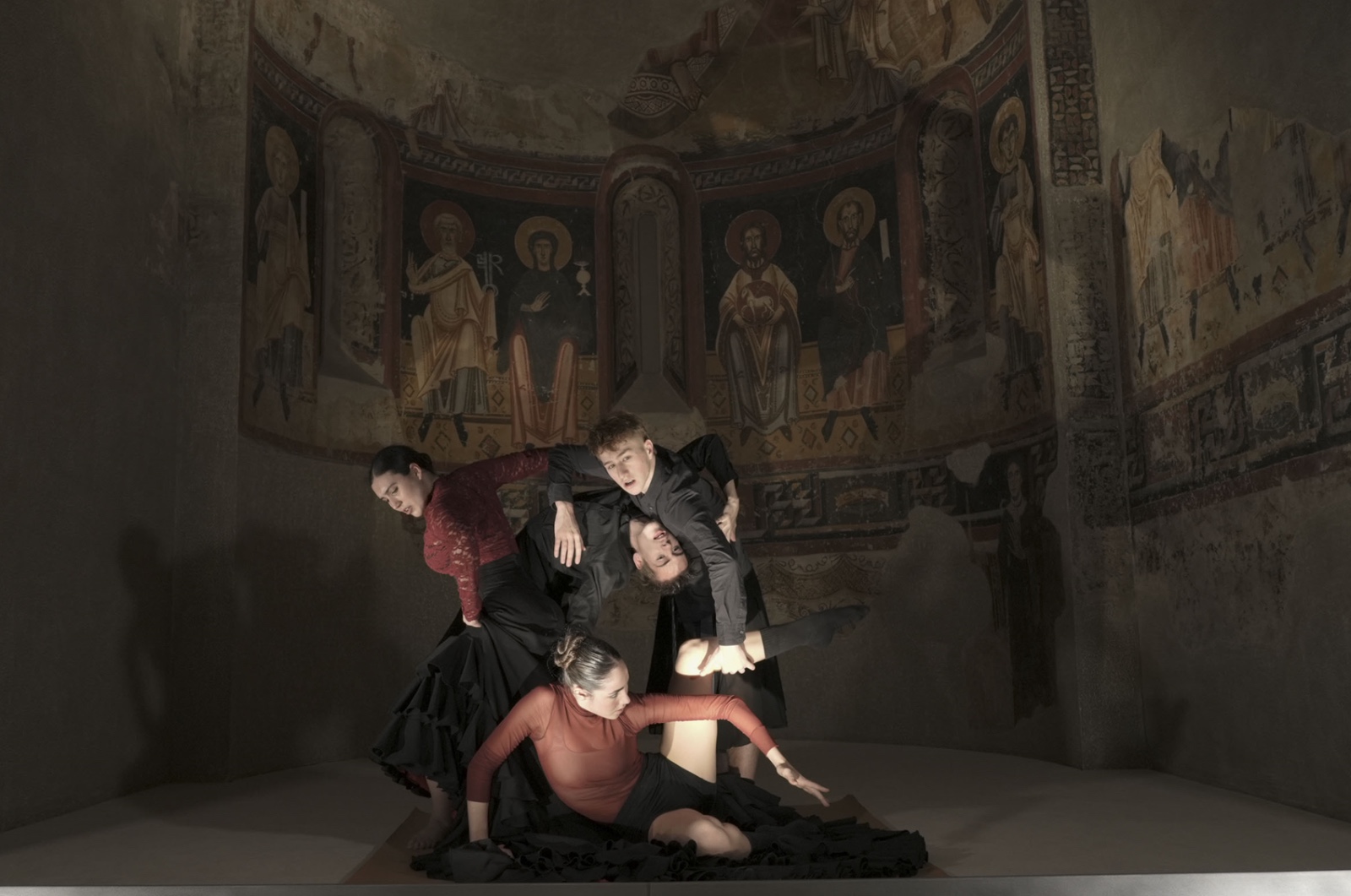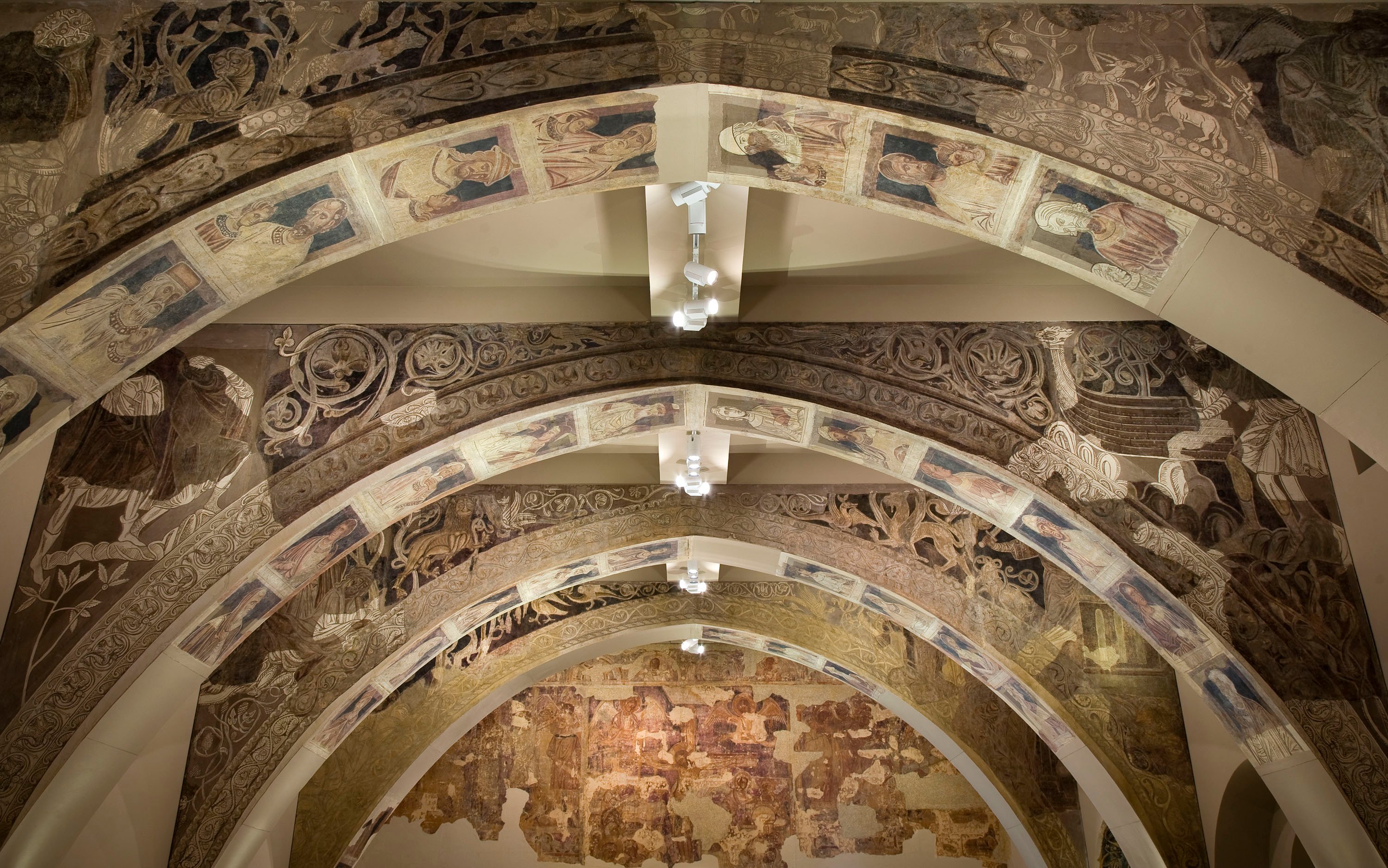News
Debate day on the conflict over the Sixena paintings
The Royal Catalan Academy of Fine Arts of Sant Jordi brings together experts to analyze the future and controversy surrounding this heritage.
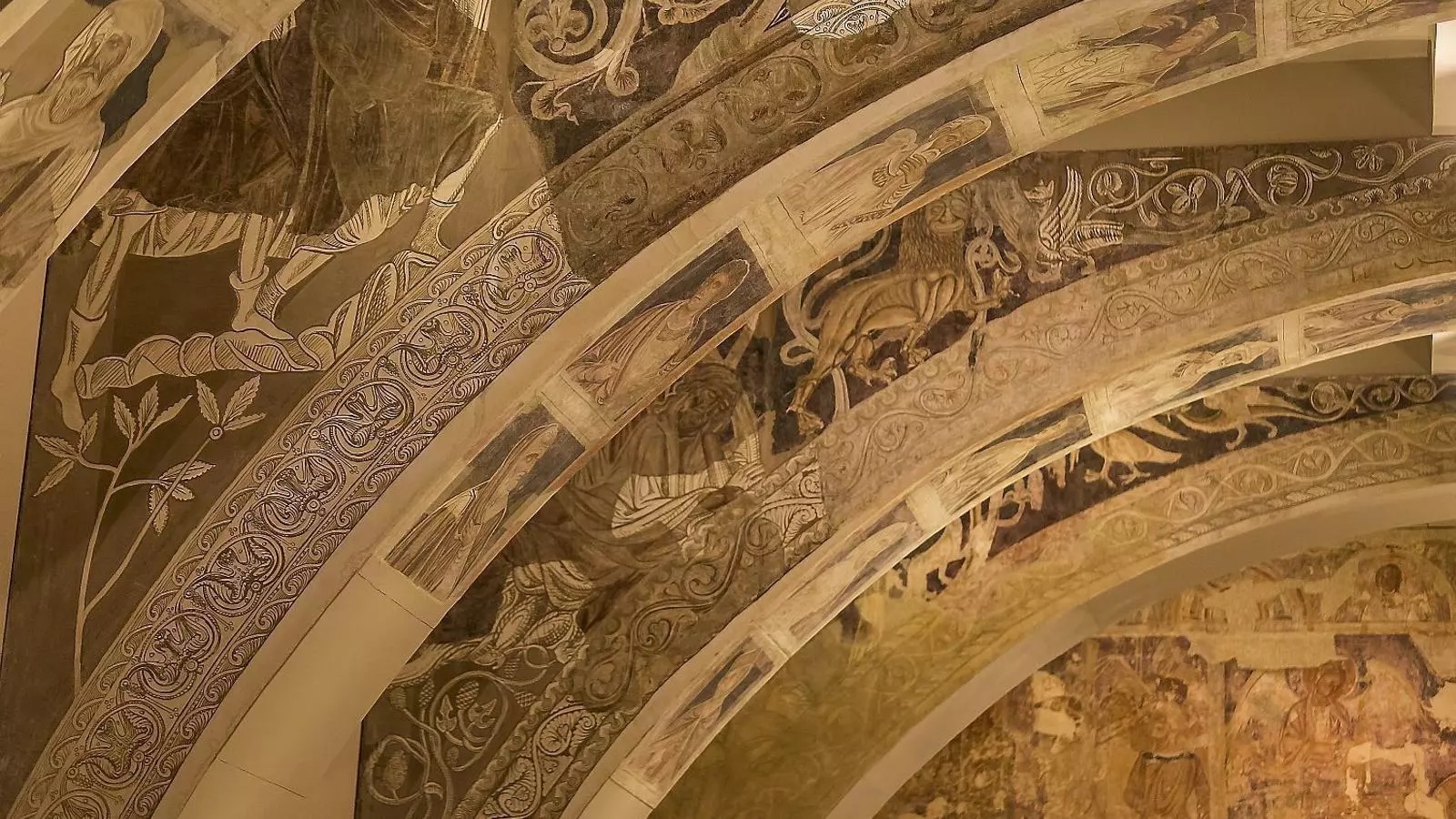
On Thursday, June 26, a conference on the problem of the Sixena mural paintings took place at the R. Catalan Academy of Fine Arts of Sant Jordi -through the initiative of its academic Dr. Alberto Velasco-, organized by the Congress of Catalan Culture. Rarely had the Academy's auditorium been so full of people as on this occasion.
The day consisted of four panels: one on art, heritage and museums, another on conservation-restoration, the third on legal issues, and the last from the point of view of the press and communication. Many things were said, but since there were twelve speakers and four moderators, I will not personalize the ideas that were thrown out. Many things were said, since we should not set ourselves up as judges of the criteria of the past. The rescue of the works in question took place in the summer of 1936 after the fierce iconoclastic fire, and the decision to save what was left came in the midst of the war, in circumstances of maximum alarm and urgency, and without much possibility of acting prescriptively. The paintings had burned at a temperature of about 1000°, which profoundly changed not only the colors of the remains, but also the very essence of the material that constituted them.
The current set, which has been kept in Catalonia for nearly ninety years, is no longer Sixena's paintings, but a new reality consisting of their ashes, torn from the wall, fixed on canvas and redrawn by their restorers in the many parts that were completely lost in a fire that, by the way, did not awaken in Aragon any desire to save them. Without the action of Josep Gudiol - which was unanimously recognized by the participants in the day - and his team, paid for by the Generalitat of Catalonia, today there would be nothing to claim, since what remained of that set remained in the dark for a while after the ceiling that covered the room had completely burned down.
 Jornada 'Les pintures murals de la sala capitular de Sixena: I ara, què', la darrera setmana a la Reial Acadèmia Catalana de Belles Arts de Sant Jordi.
Jornada 'Les pintures murals de la sala capitular de Sixena: I ara, què', la darrera setmana a la Reial Acadèmia Catalana de Belles Arts de Sant Jordi.
The MNAC has always taken extreme care of this Sixena set. The paintings can also be examined from the back, and the relative humidity in the room is maintained at 58/60°, good for calcium caseinate, while outside the Romanesque rooms the humidity is lower. With the transfer to Aragon, 20% of the remains of the paintings as they are now could be lost. But the politicization of the entire process has ended up preventing technical criteria from being imposed over political will. However, if a sentence cannot be technically fulfilled, it should not be forced to be fulfilled. The technicians in Aragon say that the climate foreseen in the monastery room where the remains of the paintings will return will be the same as they currently have in Barcelona, but the replacement project prepared by the Aragonese side has not been made public.
On the other hand, the current Generalitat has not filed any appeal for protection before the Constitutional Court, and thus it will not be possible to appeal to Strasbourg. It is clear that certain current institutions here are bothered by the fact that this whole problem is being discussed. Despite this, all avenues must now be exhausted, but everyone was aware that there are very few left. The journalists, who are very combative, have nevertheless felt alone in this task of theirs, and especially the Lleida participants in the day thought that there has now been more Catalan opposition to the departure of the pieces, and they attribute this to the fact that currently the "victim" is Barcelona - the MNAC -, while in 2017 it was the Lleida Museum. And Lleida, they claimed, "also exists". When the Civil Guard forcibly took away the previous set of Aragonese assets from the Museum of Lleida, they wanted to stage it in that impetuous and unforgiving way, when in fact the return had already been agreed upon. And their supposed restitution was not such, since those assets did not return to their original parishes, in the Franja, but to a museum, in Barbastro, seat of the new bishopric resulting from the amputation of that of Lleida, where they had never been before.
It must always be kept in mind that the trigger for this entire ramified problem, which has ultimately given rise to unnecessary and logically undesirable antagonisms between territories, which will take centuries to heal, was the amputation of a diocese, that of Lleida, between 1995 and 1998 -with previous segregations in 1955-, a very serious circumstance that the bishop, however, learned about through the newspaper El Heraldo de Aragón. It is a diocese that had existed with those limits since the 12th century, which had already existed before the Muslim invasion, and which was seriously injured about thirty years ago without the attack responding to any pastoral need or to any will of its parishioners.
If the remnants of the paintings that are now in the MNAC end up leaving, a scenario that none of those present at the conference wanted, several speakers said that the emptied room should be used as a "memory" space, where, while the paintings were virtually reproduced in their appearance prior to the fire, this entire traumatic process and its political consequences would be explained.


